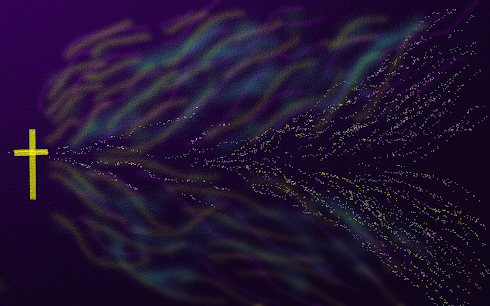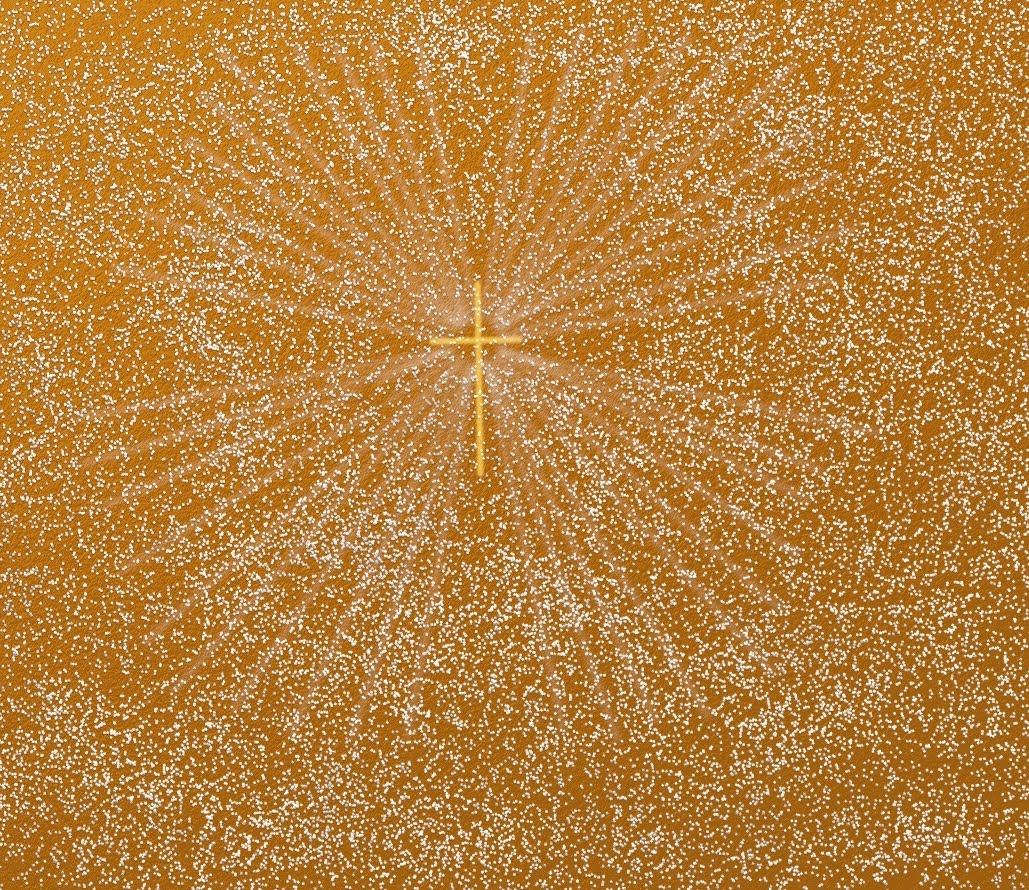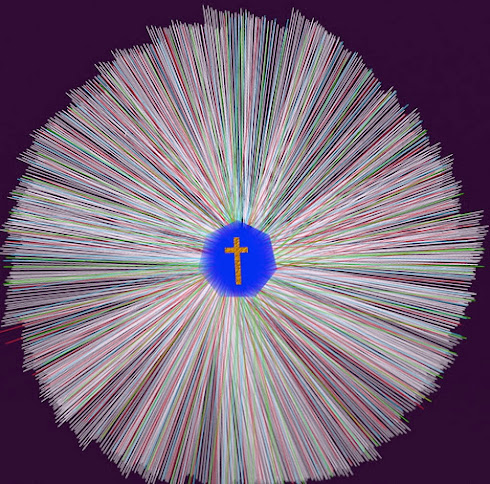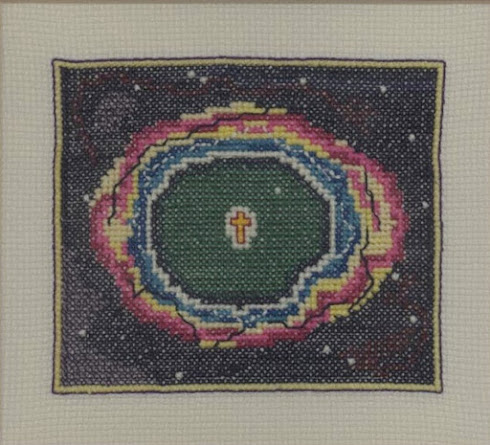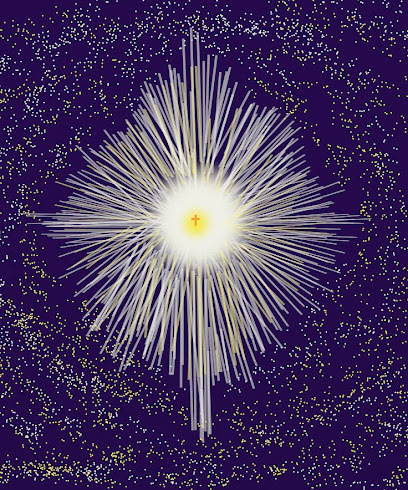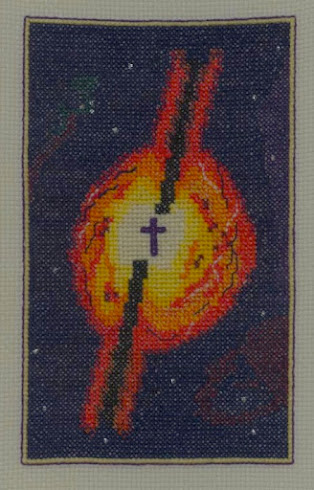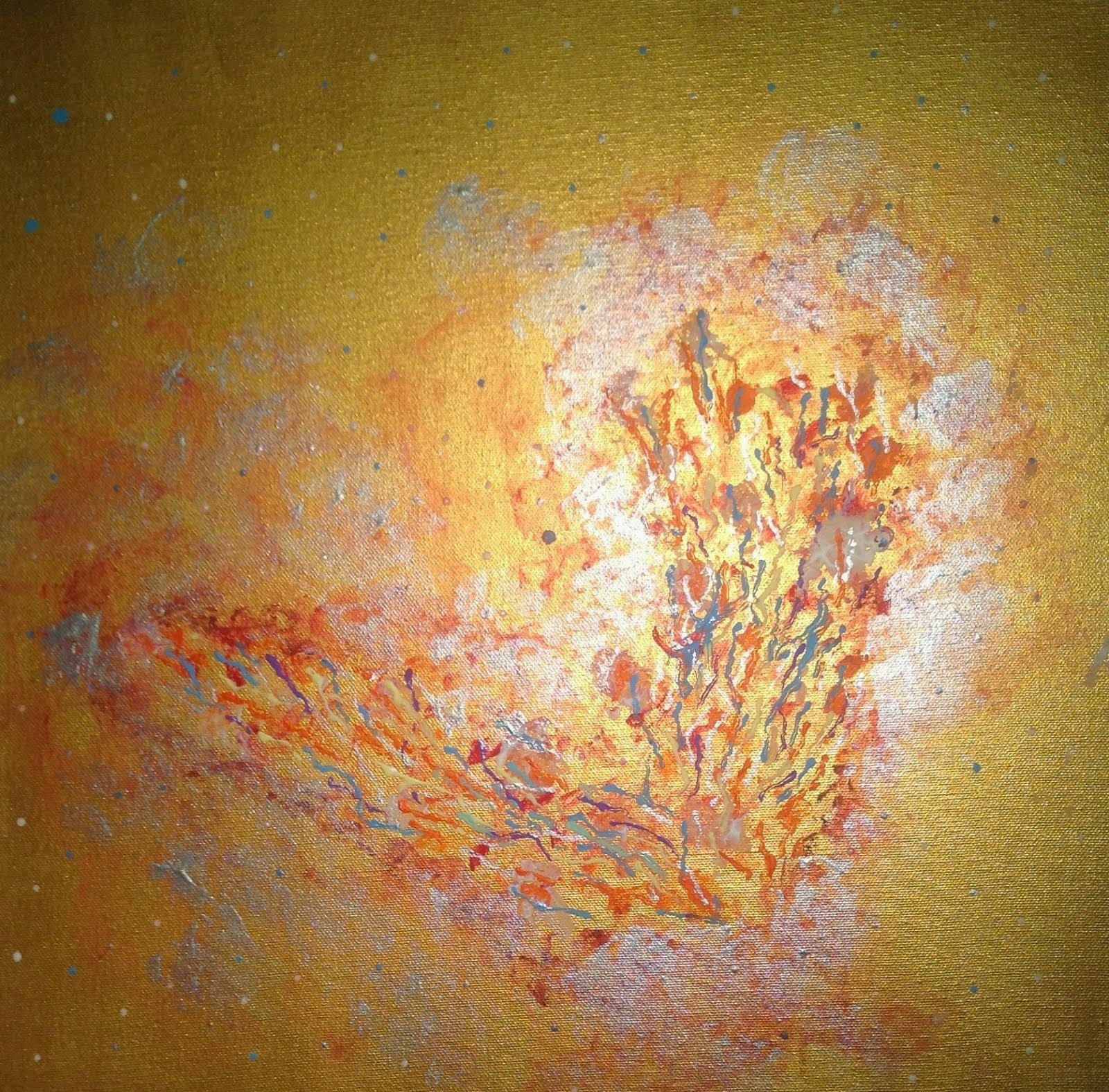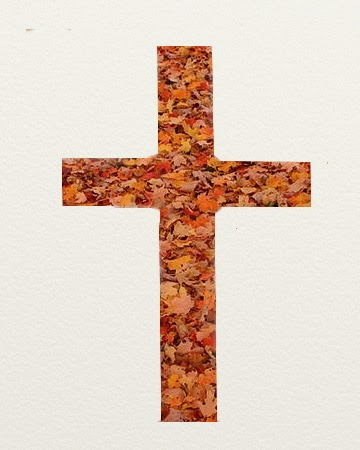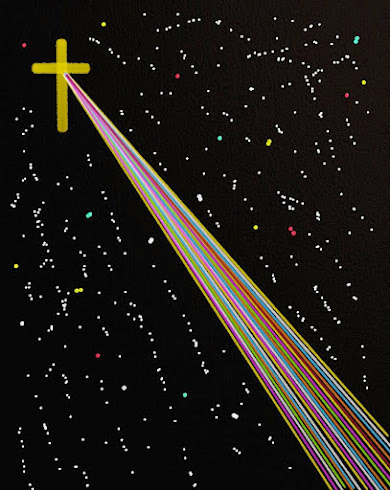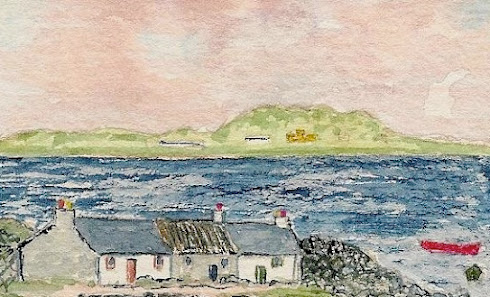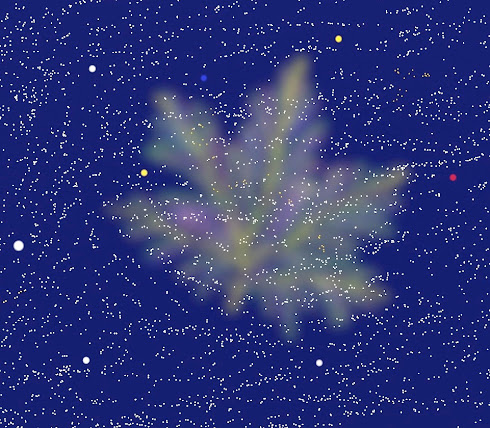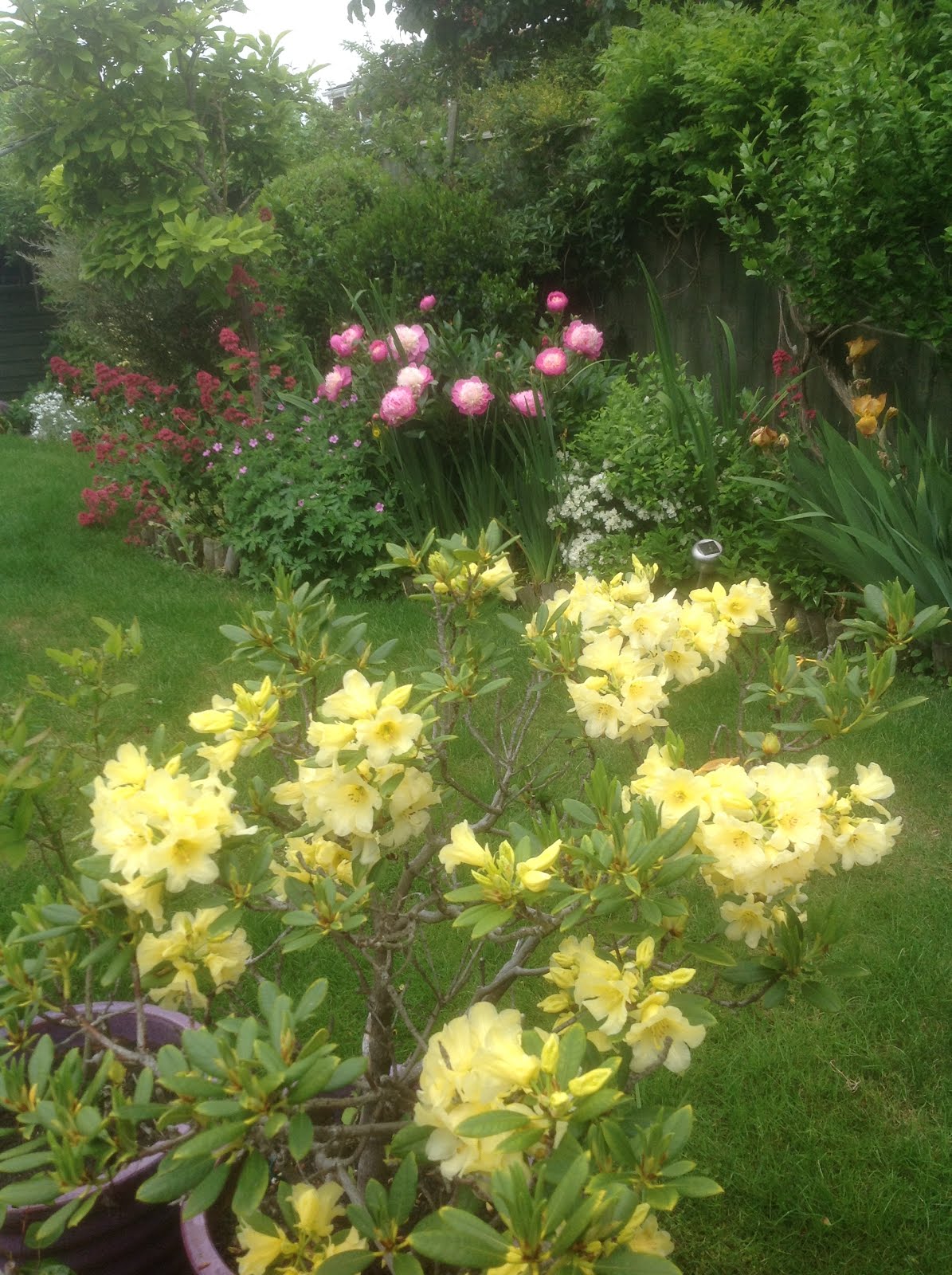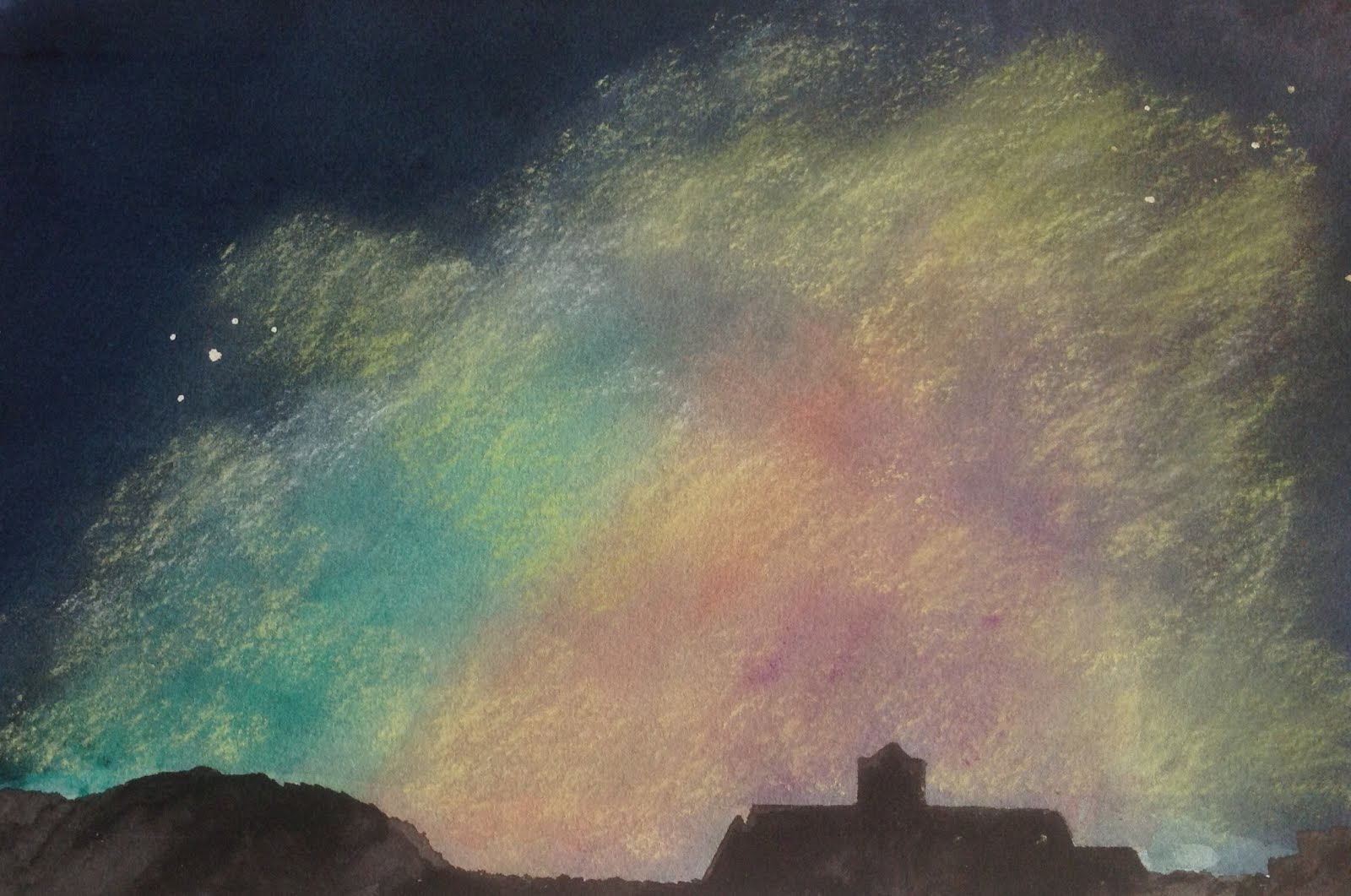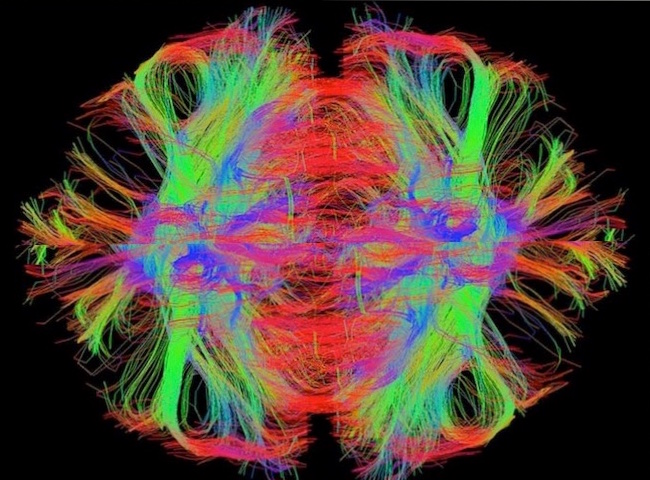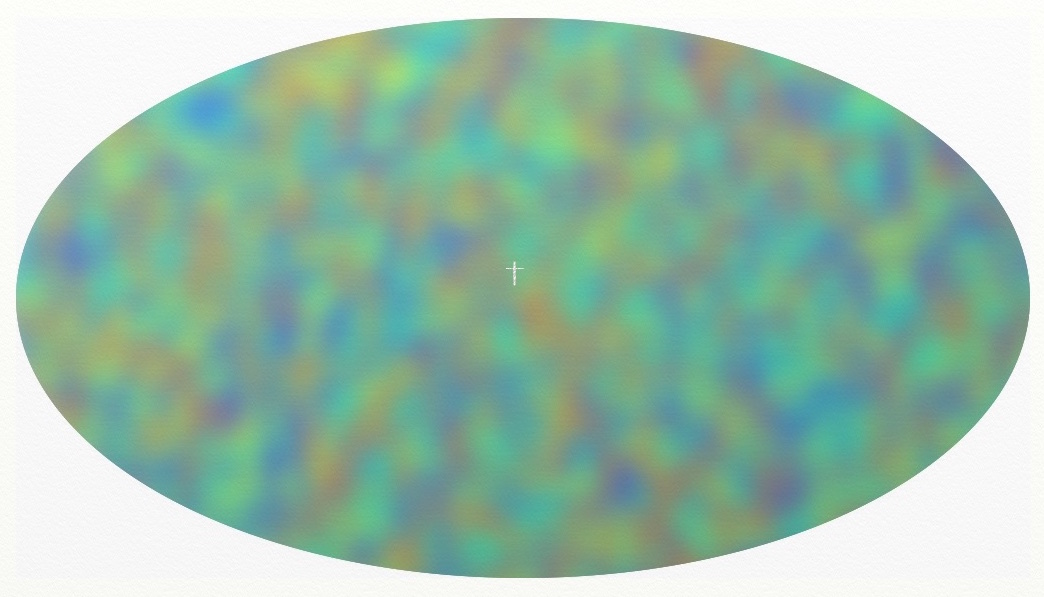HOLY LAND PILGRIMAGE -Day 4
Through the Judean Wilderness. Mile after mile of the stony barren wilderness with occasional sightings of camels, goats, sheep and Bedouin settlements. These latter are a vexation to the Israeli government as they are an uncontrollable element of society, knowing all the hidden ways of the barren hills. Bedouin tents have the appearance of a small shanty- town and it seems a marvel that they can access water in some very uncompromising terrain. Suddenly, all one's preconceptions about desert and wilderness need revision as mile after mile of stark hills with a minimum of vegetation sweep away into the far distance on either side of the coach. The man who went down from Jerusalem to Jericho alone in the story might possibly have been regarded as a fool by Jesus's listeners! There is, unsurprisingly, a Good Samaritan Inn.
Food for thought too, prompted by Bishop Stephen that this hostile environment gave rise to the Desert movement in the early years of the church - for it is very easy to understand that this barren place, which would have been familiar to Jesus, offered a way to escape from the excesses of large community living and reflect on the spiritual needs of humanity, oneself and the temptations of the world, unfettered by the pressure of a City or town. Reminded too that this movement likely gave rise to the more robust form of Celtic spirituality; more evidence of the rapid growth of early Christianity.
This desert is also where the Dead Sea scrolls were found at Qumran - a place in the middle of 'Nowhere'. A fascinating visitor centre film introduced us to the Essene community that produced the scrolls and made the pots in which they were left for posterity. Ritual cleansing before scribing on the scrolls feels an unbelievable distance away from our casual turning to our computers, phones and tablets and fingering the keys to produce whatever material we will. And that community could scarcely have envisioned the world in which the scrolls were uncovered between 1947 and the mid fifties. These parchments of Old Testament writings were beautifully executed as can be seen from the facsimile on display. The story of their discovery and the subsequent machinations are far too long to tell here and felt to me to be the subject for a thriller novel (I'm sure there will be at least one in print). There are excellent articles available on the web which I will hope to look at when life returns to normal. It seems incredible that amongst these articles there is access to the full scrolls content - another contrast to reflect upon
At Qumran, we can see the Dead Sea and return to drive along its Western shore. Here, Maureen, our guide tells us of the catastrophic drop in the levels of the Sea - receding at a startling 1 metre a year. Maureen was in the region some years back and was able to point us to places which had been covered by the sea two and a half decades ago. The drop since the early part of the 20th century has been over 25 metres. International intervention is needed but it is not surprising to hear how political actions become diverted, perverted and lost, embedded as they are in a complex region of water scarcity.
One intriguing visit gives way to another as we visit Masada, the hilltop summer palace and later hill-fort of rebel Zealots, then overrun by the Romans. The story of the self sacrifice of the rebels was brought to life by a splendid rendition of The rebel leader's speech to his followers on the eve of the Roman's incursion, read to us by Alan Jesson in the Synagogue -which is just a small area of the vast hilltop complex (but large enough to house our group several times over).
Whichever regime built and fortified this astonishing complex, I cannot, as so often, but wonder how many slaves died in the construction - unremarked, unremembered. It was almost certainly thousands or tens of thousands as they lifted huge rocks into place with the crudest of construction tools in relentless heat day after day after day. The cable car ride up was exhilarating - and like the Central Line at rush hour on the way down!
Whichever regime built and fortified this astonishing complex, I cannot, as so often, but wonder how many slaves died in the construction - unremarked, unremembered. It was almost certainly thousands or tens of thousands as they lifted huge rocks into place with the crudest of construction tools in relentless heat day after day after day. The cable car ride up was exhilarating - and like the Central Line at rush hour on the way down!
Pam, sadly, was too unwell to enjoy this particular sight but thankfully had recovered sufficiently to enjoy floating in the Dead Sea, an experience she had really looked forward to. One has to wonder if this will continue to be possible if the constant lowering of the water level concentrates the salt and other minerals more and more and more.
Penultimate location of the day was Jericho at the north end of the Dead Sea and a haunt for Jesus and his followers. A sight across a valley to the Monastery of the Temptation hanging on the desert rock face above a now fertile valley. Reading of the Temptation narrative there made it easy to imagine the two temptations of turning rocks into bread (there are just so many around) and being shown the kingdoms of the region from the top of a mountain. Seeing Temple Mount in Jerusalem earlier also made that temptation vivid. The bus made a short stop by a sycamore tree and we were invited to reflect on the story of Zaccheus.
Few people seemed to have much energy for a stop at a glassware, porcelain and fruit shop where the pressure applied contrasted sharply with the gentle sales techniques of the Nazareth Co-op which, I suspect did far better out if us collectively.
Although previous pilgrimages (at least in 2009)had not been able to visit Wadi Kilt to overlook the desert venue of St George of Choziba's monastery as the road had been closed by Israeli settlers, we were able to pass a blue/ white closure barrier to see the monastery nestled in a surprisingly fertile valley. Here I let myself be persuaded to buy a kufiyah (Bedouin head dress) From a small group of sellers amidst the rocks. Like any well instructed tourist, I went into bargaining mode and ended up paying 10 shekels less than the asking price ( which had first been in dollars - and I was not really believed when I said I had none). My vendor was not delighted and as I left he compared what that would mean to me compared to what it would mean to his family. Reflecting on this on the coach, I felt quite ashamed of my lack of generosity - and I also failed to purchase a bracelet from the little boy in the group which Pam had liked. Not a good experience. However, I do have an excellent prop for next Christmas' round of all age services - and I will be reminded then of my meanness again. No wonder the powerless nations go on being disadvantaged when I can't summon more generosity. Perhaps another moment that Jesus wept!
Ibex, camels, feral cats, sheep and goats dotted around the desert as we returned weary from another very full day - Oh yes, together with another spawning Israeli settlement started with a gathering if mobile homes. Fascinating to be reminded this nationalist movement as a direct response to the Holocaust, signalling a determination that that will never happen to the Israeli nation again at the cost of the Palestinians.










